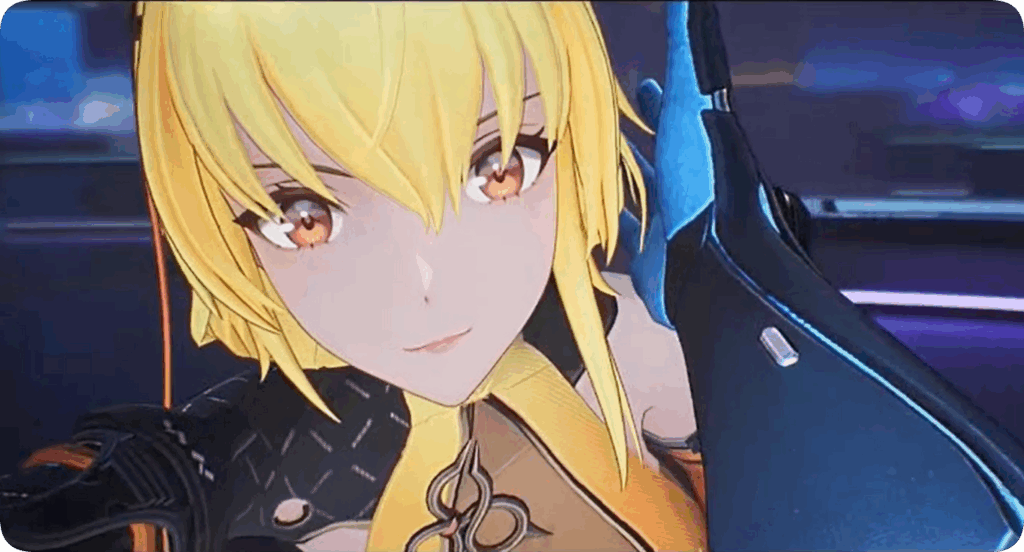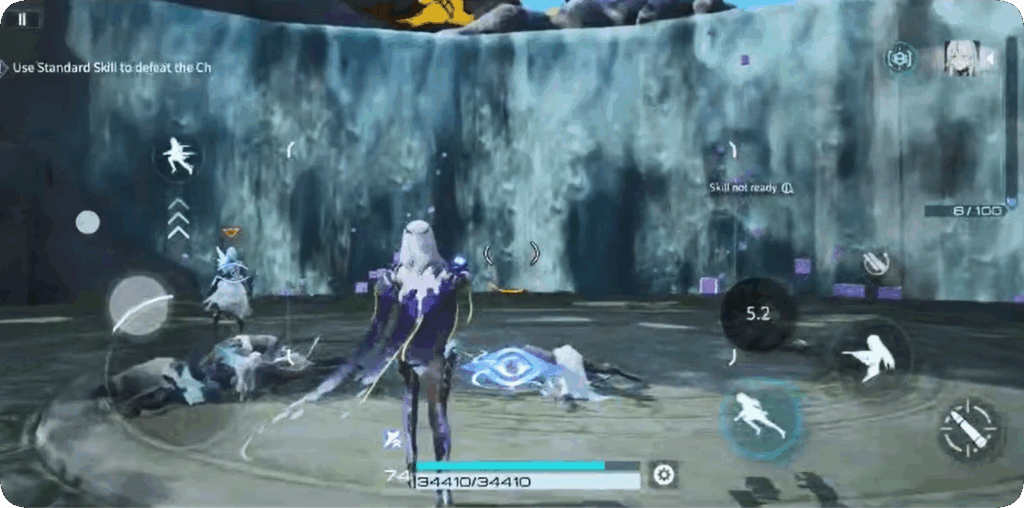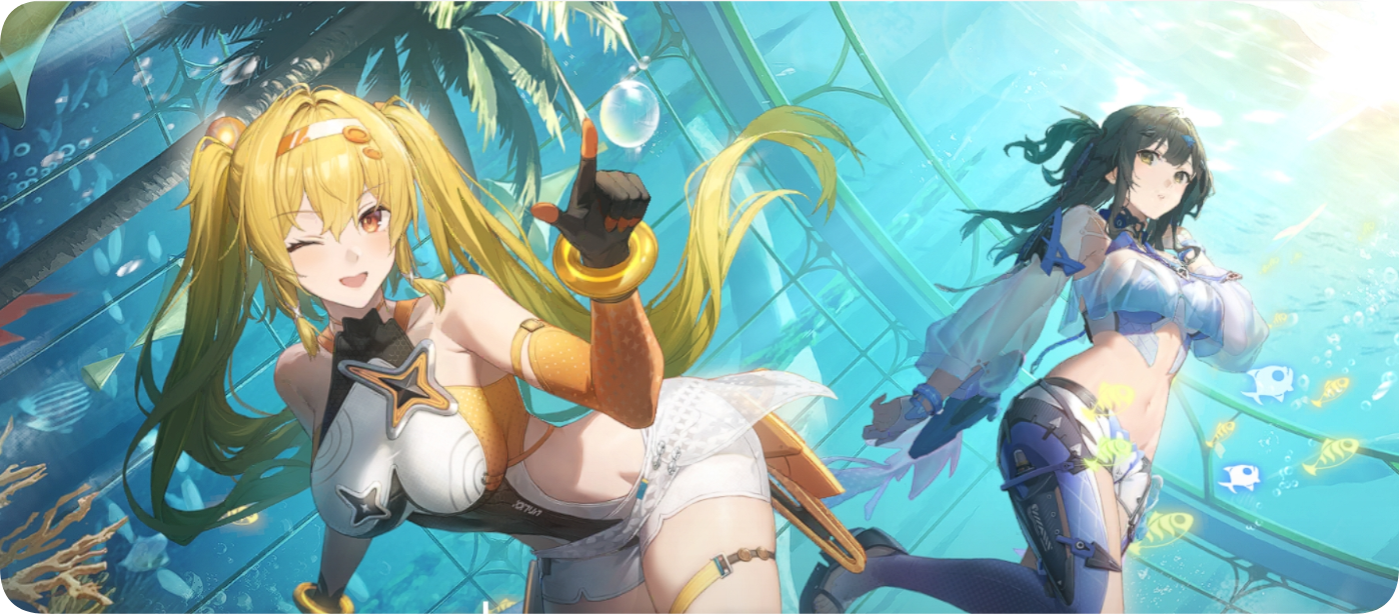Snowbreak Containment Zone is a sci-fi RPG-shooter where operatives (with anime aesthetic) take on missions across a post-Titan apocalypse wasteland. Combat uses third-person shooter mechanics with cover, manual aiming, active skills and burst “ultimate” abilities. There are multiple modes: story missions, co-op Gigalink, roguelike Paradoxical Labyrinth, and various events. The game is visually polished, characters have distinct designs, and weapon mechanics (compatibility, weak spots, elemental types) add tactical depth beyond typical gacha shooters.
Octalysis Rating Table
| Core Drive | Score (1–10) | Brief Description |
|---|---|---|
| Meaning | 7 | The lore, Titans backstory, and character stories give strong flavour and emotional pull. |
| Accomplishment | 8 | Mission clear rewards, mastery of Hollow & simulation modes, and “orange-tier” operatives are satisfying milestones. |
| Empowerment | 7 | Choice of weapons, skill combos, cover mechanics and operative swapping offer tactical control. |
| Ownership | 6 | Collectable operatives, skins, and weapon compatibility developments foster personal investment. |
| Social Influence | 5 | Leaderboards, co-op and community discussions are present but not the central pillar. |
| Scarcity | 6 | Gacha draws, upgrade materials, and energy constraints regulate progression; resource economy matters. |
| Unpredictability | 7 | Random events, varied enemy types, map modifiers and mission conditions keep gameplay fresh. |
| Avoidance | 5 | Failure costs some progress/time, but long-term advancement and assets remain intact. |
Evaluation Notes:
Scoring range: 1–10. Higher scores reflect stronger implementation of the core drive and greater player motivation.
GScore (Gamification Score): Calculated using the Octalysis Framework tool.
Octalysis Radar Chart

Detailed Analysis
1. Meaning (7/10)
The game’s narrative backdrop—after a Titan event and the devastation of Containment Zone Aleph—sets up stakes beyond mere loot or power. Operative interactions and episodic story missions flesh out personalities and allegiances, giving missions emotional weight. Many players may feel drawn into the struggle of rebuilding and the mystery behind the Titans, beyond just shooting enemies.

2. Accomplishment (8/10)
Clearing story missions, obtaining orange-tier operatives, mastering simulation and hollow modes deliver clear milestones. Performance ratings and rewards (loot, skins, operator rank) make advancement tangible. Players who optimize loadouts and hit high ratings in co-op or gigalink often feel a strong sense of progression.
3. Empowerment (7/10)
Operators can switch mid-fight, weapons have compatibility ratings, cover can be used to reduce damage, and skill effects (elemental or otherwise) influence outcomes. These combine to give players meaningful strategy space; encounters are not just “spray and shoot,” but require tactical choices regarding skills, positioning, and timing.

4. Ownership (6/10)
Collecting operatives, customizing weapon skins, upgrading weapons & manifesting operatives’ prestige levels contribute to personal identity in the game. While most players will engage with the cosmetic side, the functional upgrades also give value; equipment rarity or skin aesthetics amplify attachment to favorite characters.
5. Social Influence (5/10)
Co-op missions and gigalink modes enable teamwork, leaderboards and player ranking provide comparison. Social discussion around operator builds or skin designs encourages community engagement. However, social systems are not deeply interwoven into core gameplay—players aren’t forced into multiplayer to progress.
6. Scarcity (6/10)
Material farming, gacha draw costs, energy or mission attempt limits introduce resource pressure. These constraints encourage planning—deciding when to spend materials or summon. Some players find the drop rates for high-tier operatives or certain weapon skins to be low, which can feel grindy or frustrating.
7. Unpredictability (7/10)
The inclusion of mission modifiers, event stages, enemy variants and random map features keeps runs varied. Even repeatable modes like Paradoxical Labyrinth or Neural Simulation often challenge players with surprises—unexpected resistance types, map obstacles, or buff/debuff combinations.
8. Avoidance (5/10)
Failing a mission typically results in loss of time, resources or opportunity costs, but rare or permanent losses are minimal. Players can retry with adjusted loadouts without massive penalty. This encourages experimentation rather than fear of failure, though some mission failures still sting.
Overall Summary & Recommendation
Snowbreak Containment Zone stands out among gacha shooters with its hybrid combat mechanics, character narrative depth, and variety of game modes. The strongest drivers are Accomplishment and Meaning—players who enjoy mastery, storytelling, and collecting will find a lot to like. Weaknesses include occasional grind, resource scarcity for high-end gear/skins, and mobile optimization issues (controls, performance) mentioned often by players. Recommended for shooter fans who appreciate strategy and lore. If intolerance for gacha randomness or for resource grind is high, approach with caution.


Leave a Reply